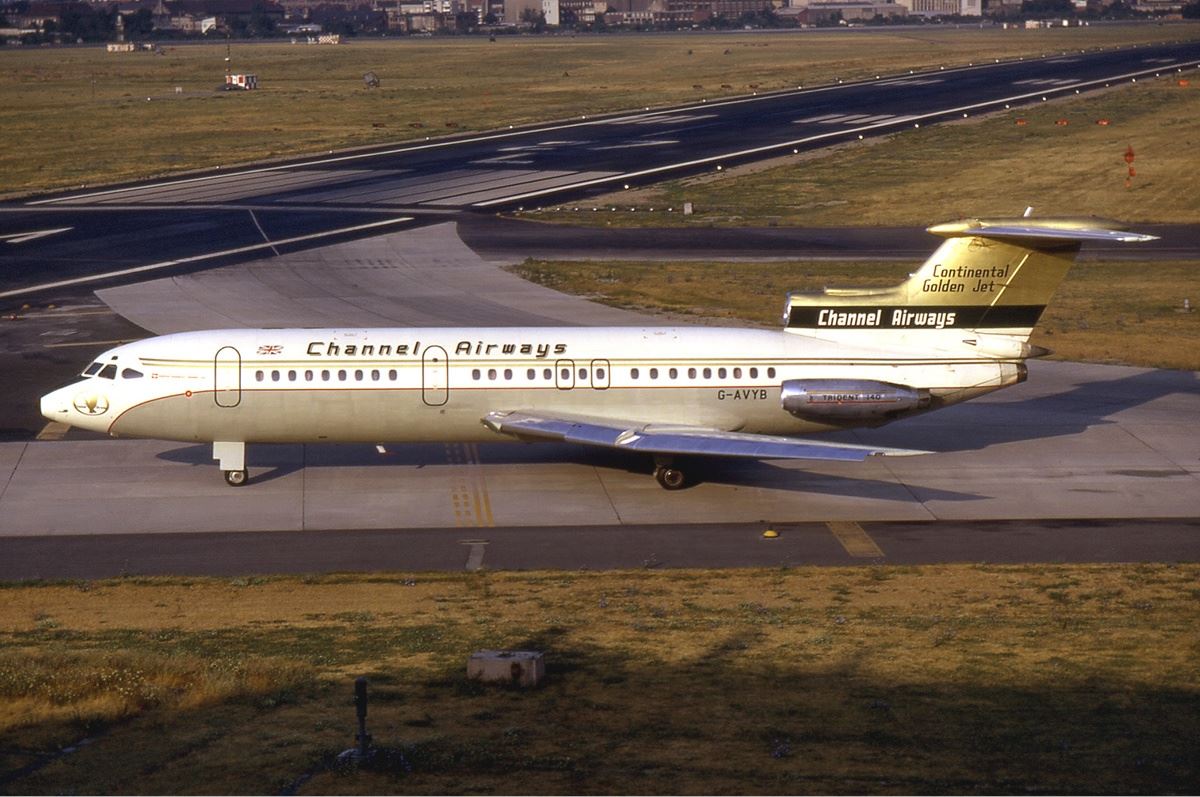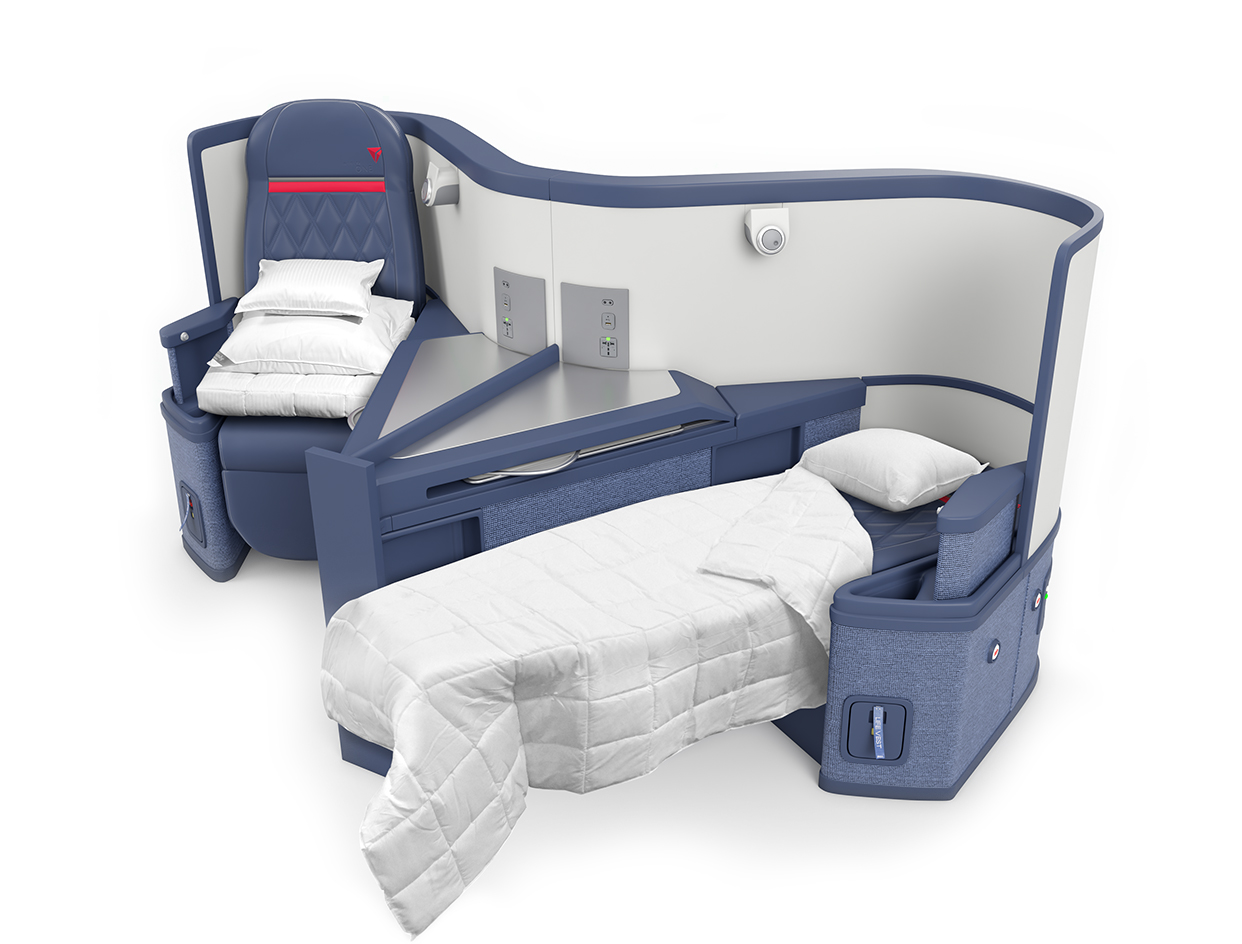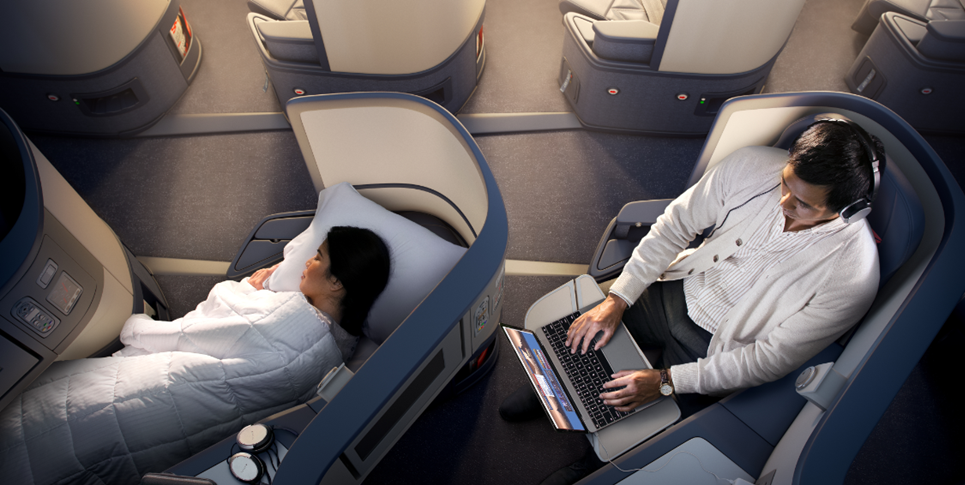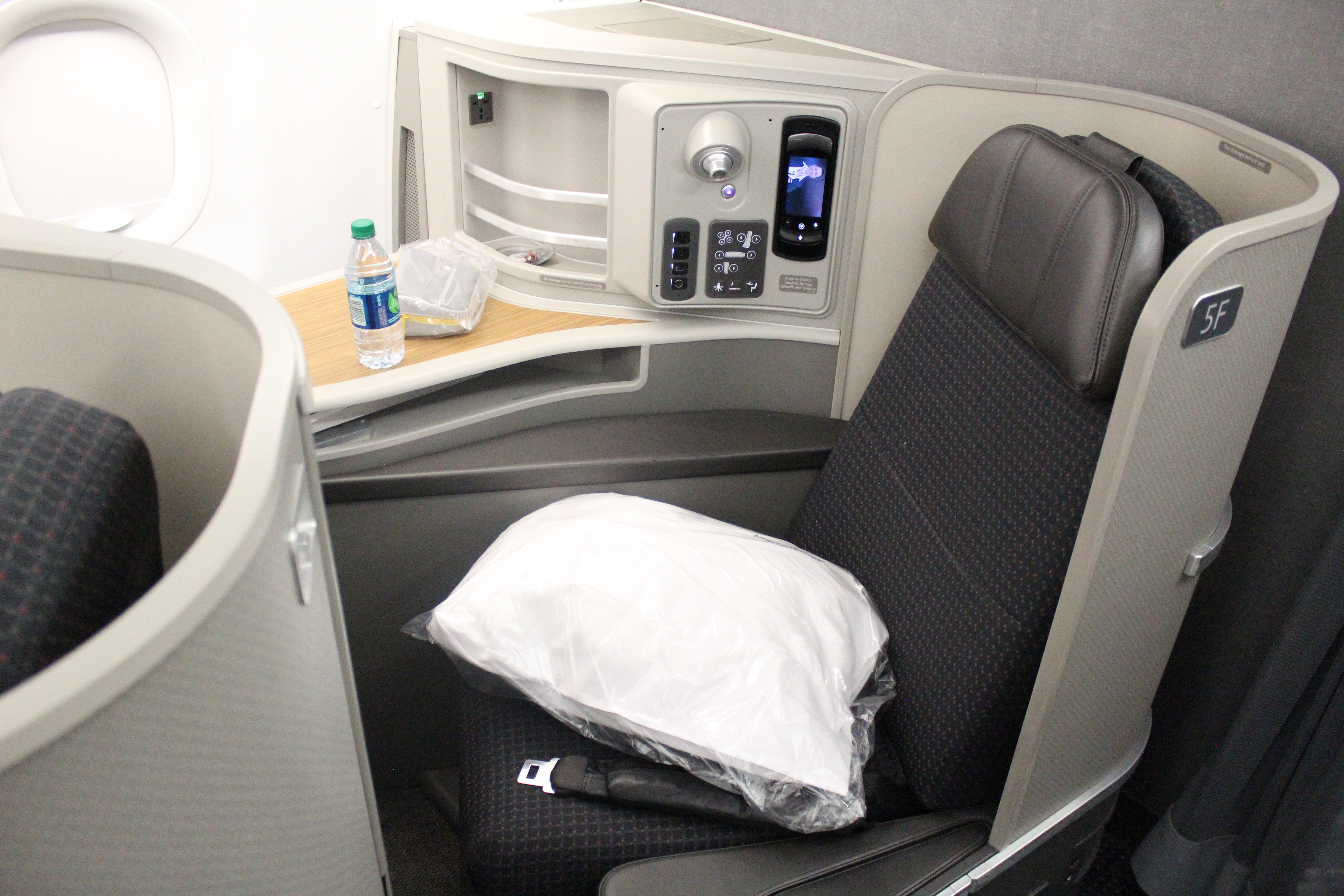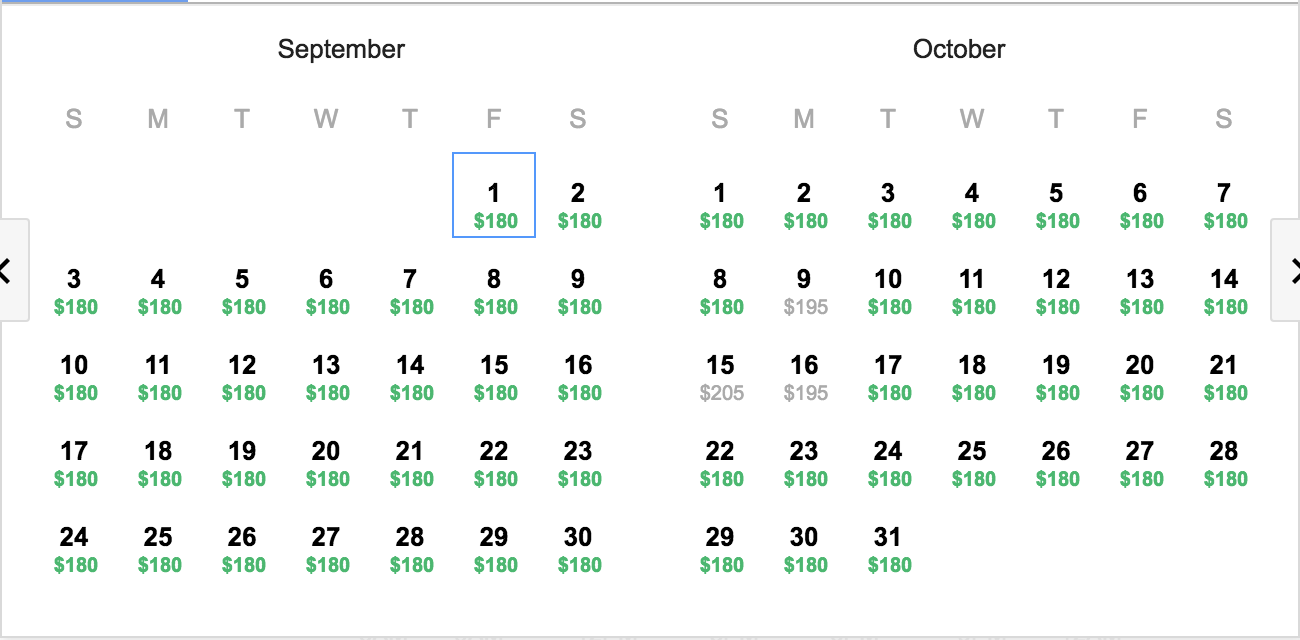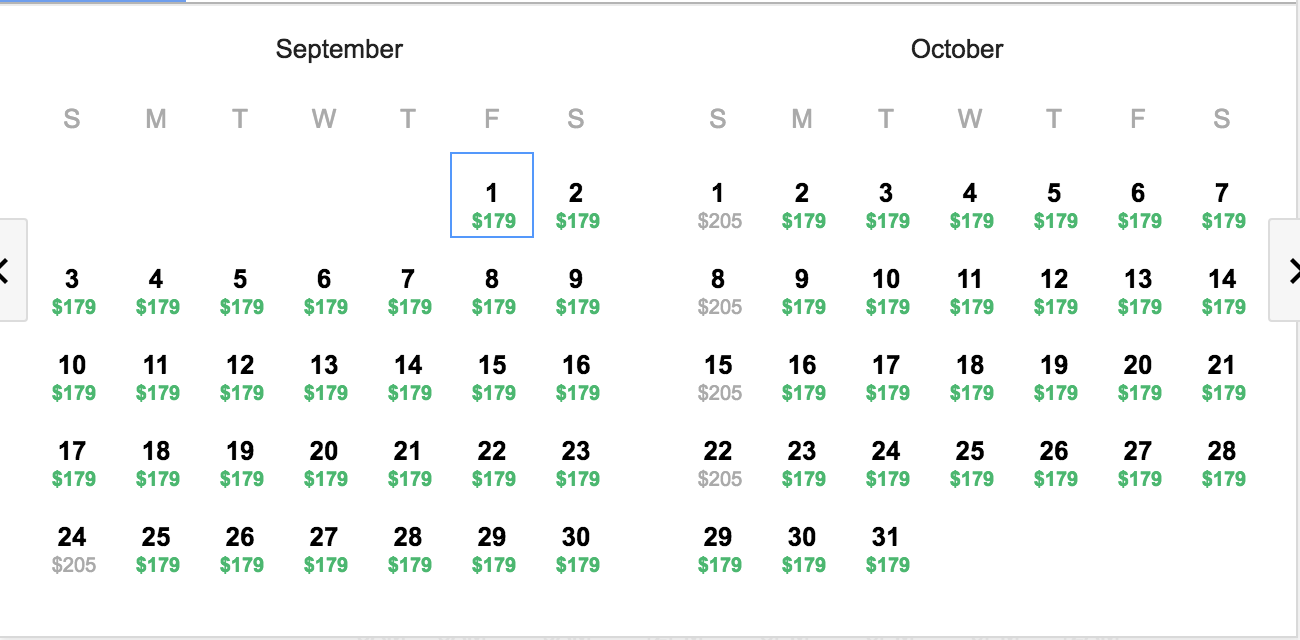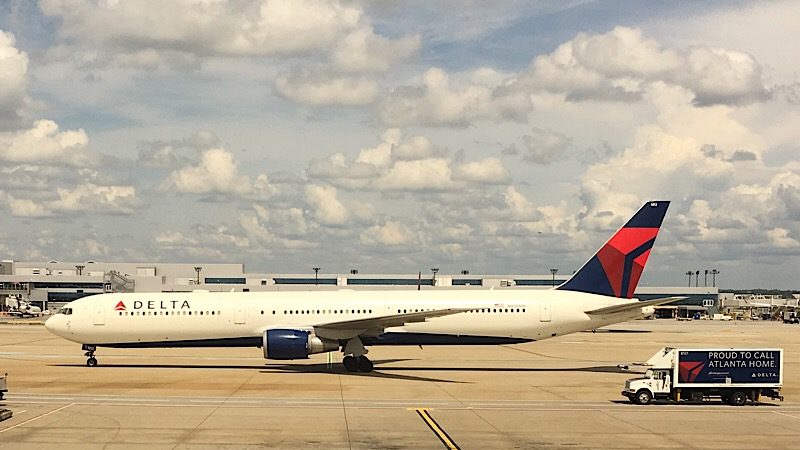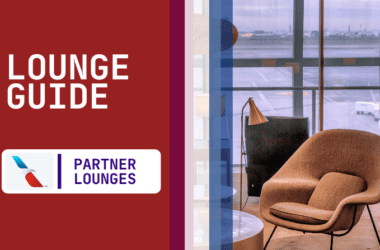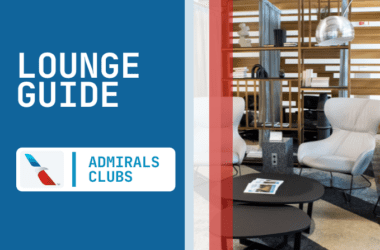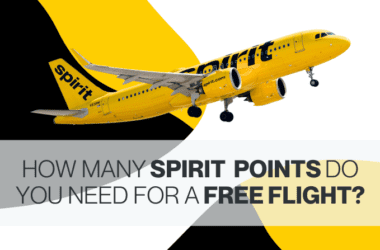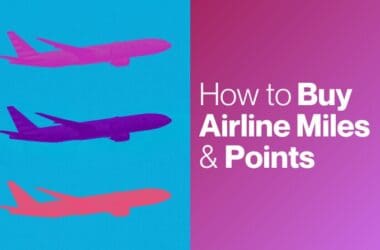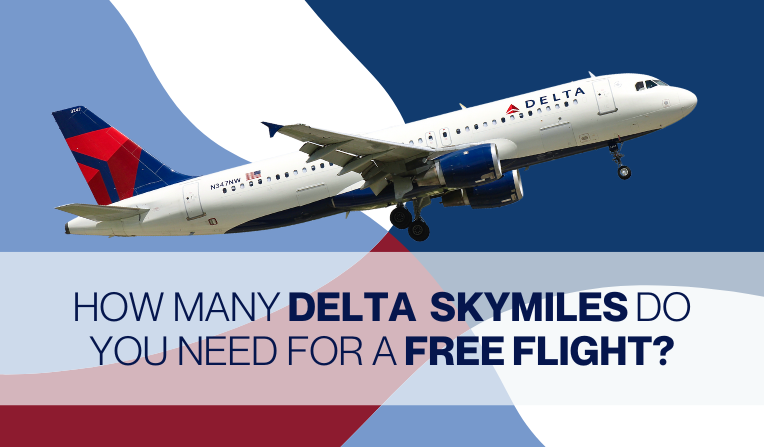In the Past Few Years, Transcontinental Business Class Fares Have Plummeted
When I first started blogging, I was very young and my travel was highly restricted. Not only was my travel highly restricted but so was my budget. I didn’t have a job and since I was blogging independently, I wasn’t making a cent. Still, I wanted to be able to experience an airline’s premium products. One way I was able to do this was by flying in transcontinental business class.
In just the past few years, American, Delta, and JetBlue began revamping their transcontinental business class products to make them more competitive and attractive on premium routes. When I first started traveling, virtually the only way I could afford to take these flights was using miles. One-way business class fares were routinely well above $1,000 dollars almost always reaching $2,000 a week or so before departure. First class fares on those same routes would usually go for around $2,500 to $3,500. Needless to say, I couldn’t afford to fly on non-award redemption tickets. However, something extraordinary happened in June of 2015 that would change the way coast-to-coast business class would be done forever.
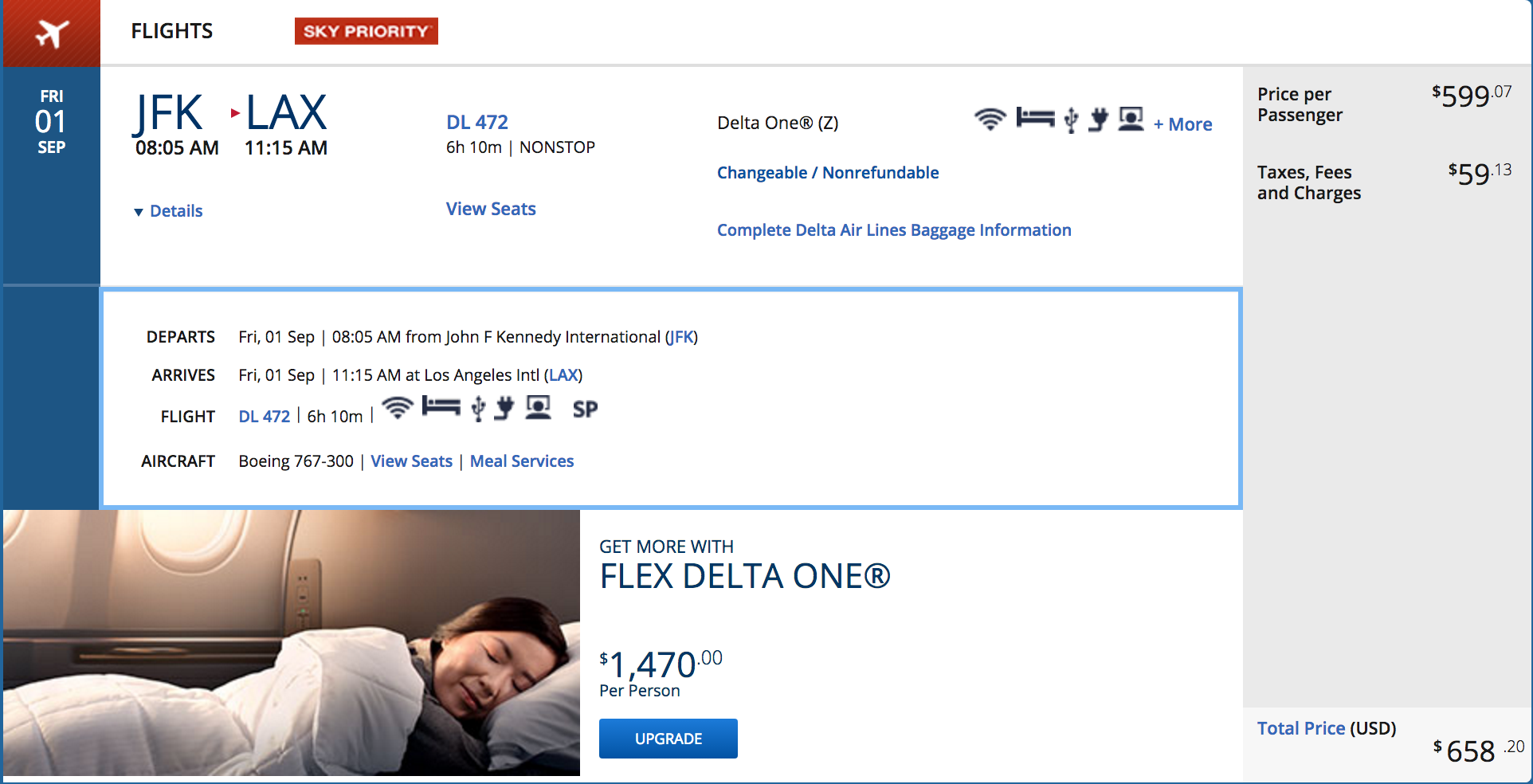
JetBlue Mint Class: Cheaper Transcontinental Business Class Fares
In June of 2015, JetBlue introduced Mint Class, their brand new transcontinental business class cabin. Not only did the cabin feature beautifully designed seats, closed door suites, tasty food, and premium amenities but Mint Class also drastically lowered the price of a business class ticket. While American was selling a one-way business class ticket for $2,000 and Delta selling a ticket for $1,500, JetBlue was offering introductory fares at just $500 one-way. Mint Class quickly grew in popularity and JetBlue made the smart decision to expand to other longer-haul markets.
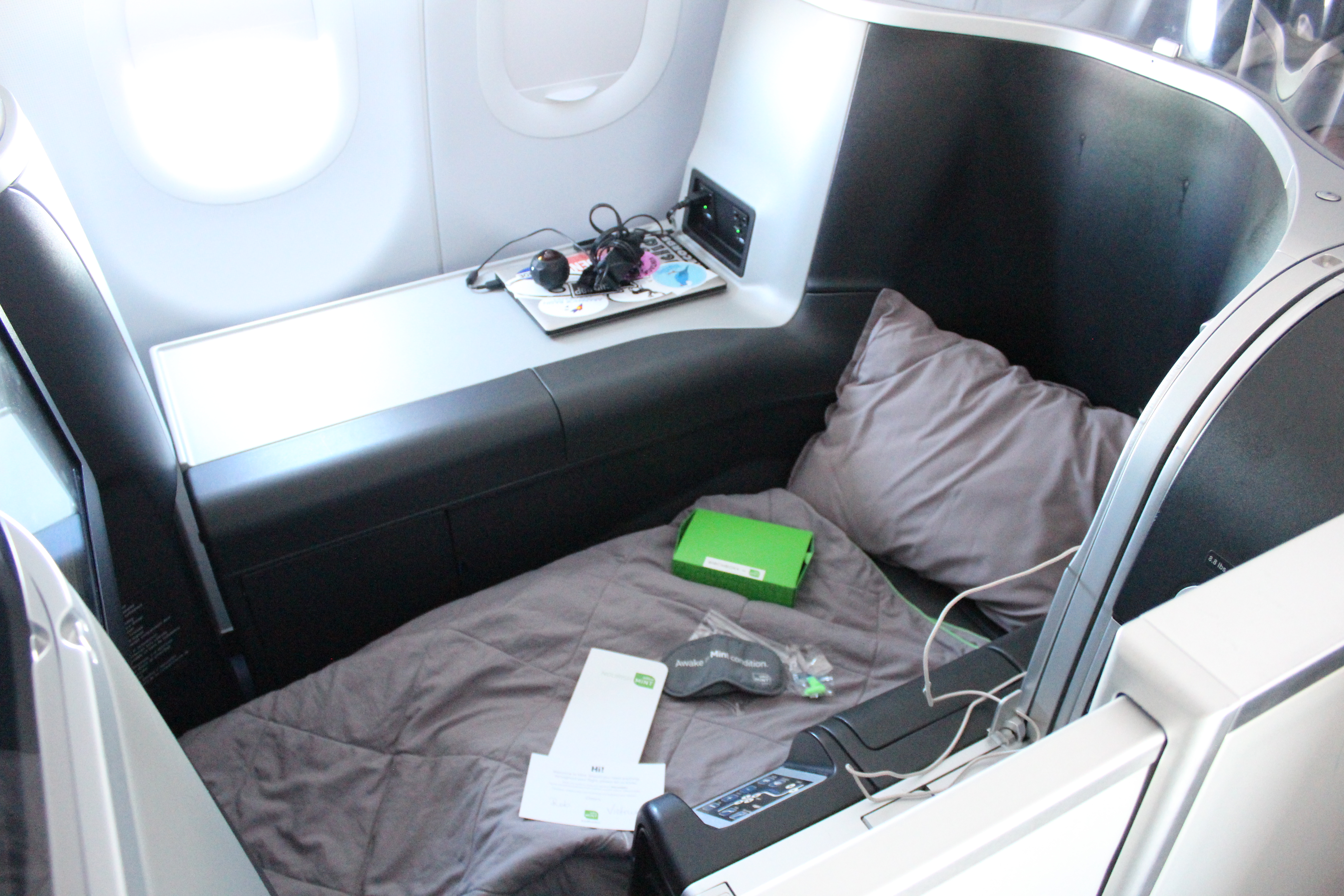
At the same time JetBlue was launching Mint Class, American Airlines and Delta were going head to head in refreshing their premium transcontinental products. American introduced a brand new sub-fleet of Airbus a321s equipped with an international first and business class seat. Delta made it so that only aircraft with lie-flat seats flew between premium markets and would later introduce Delta ONE. Both airlines soon offered exclusive check-in areas and premium lounges. Though both American and Delta improved their premium products, prices went down not up.
$600 Transcontinental Business Class is the New Normal
There are a variety of factors that worked in favor of consumers. Though the airline industry has gone from almost a dozen regional carriers to three dominant carriers, competition still exists in some markets. One market competition lowered fares and improved service in was transcontinental routes. These routes include New York to Los Angeles and San Fransico and LAX, SFO to Boston and Washington DC.
Business class and first class had always been enhanced on these routes as they catered to the coastal elites, however, following the recession and mergers, the legacy carriers (American, Delta, United) had let their premium products go. Beginning in the 2010s, airlines began revamping their coast-to-coast products. However, as I mentioned, fares went down not up.
That’s because of the rigorous competition between American, Delta, JetBlue, Virgin America/Alaska Airlines, and United. All of these carriers began to improve their transcontinental products which created competition which helped to lower prices. Airlines were trying to win over coastal elites and they were doing so by offering lower fares with phenomenal premium products.
Combined with competition on products alone, legacy carriers were challenged by JetBlue and Virgin America/Alaska Airlines on price. If legacy carriers continued to sell a one-way ticket for $1,000, JetBlue could raise prices to $850 and still sell more seats, assuming all products were equal.
Though the main factor that contributed to lower prices was, more than likely, competitive pricing and products, there are a few other reasons $600 is the new normal.
Americans, especially millennials, are frugal. Wages have staggered while productivity has grown, yadda, yadda, yadda. That’s translated to millennials spending less on leisure expenses like upgrades and vacations. Moreso, millenials and passengers that want to fly up front won’t always choose the non-stop option. Travelers are getting smarter and it’s no secret that by choosing a flight with a layover in Minneapolis, fares are cheaper than picking a non-stop. Travelers, myself included, would choose an itinerary with a stop to save money.
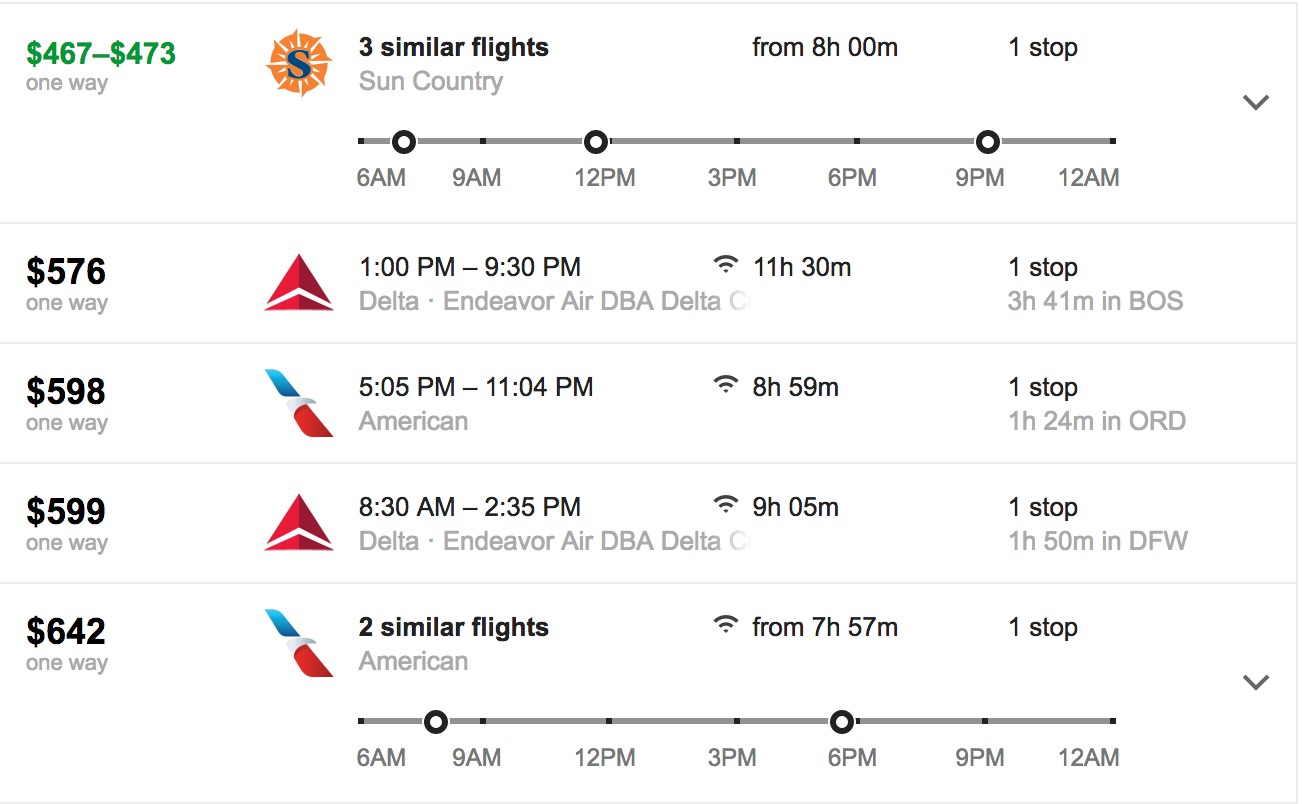
There’s a high probability that airlines addressed this preference by lower prices so that a non-stop becomes more desirable to the frugal(ish) travelers. Bear in mind, it’s not just business class fares that have seen decreases in price. Coach fares are cheaper than ever while airlines have added free meals, amenity kits, and better in-flight entertainment.
Prices have gone down but just how widespread are these low fares? The answer, the average price is still hovering around $1,000 but it’s not hard to find a flight for $559 to $800.
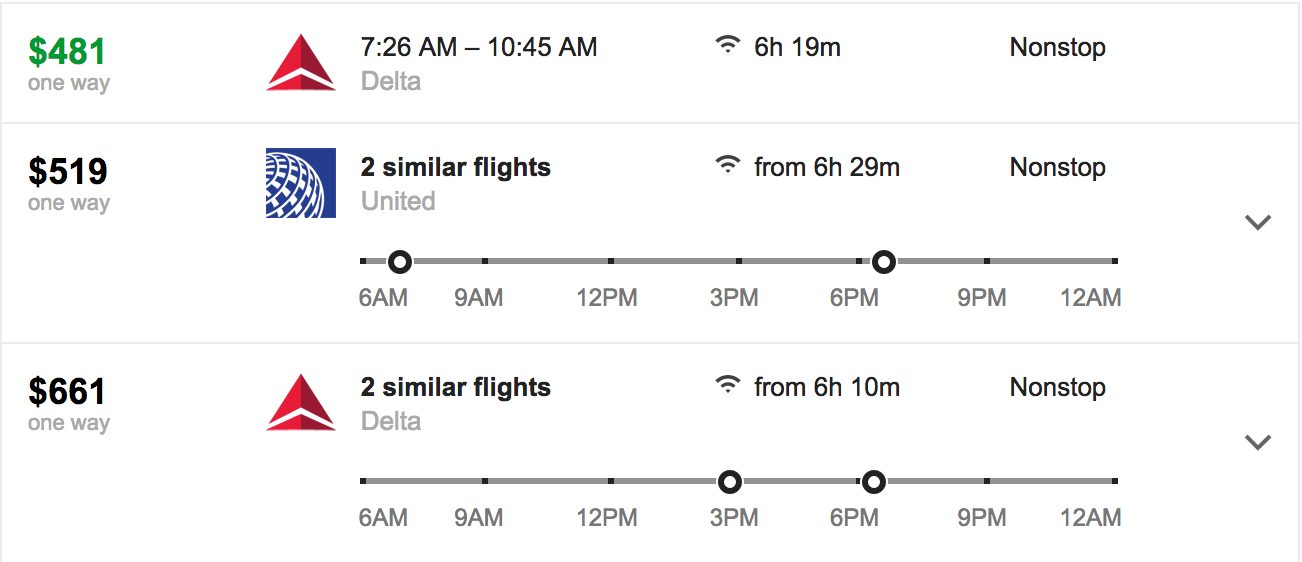
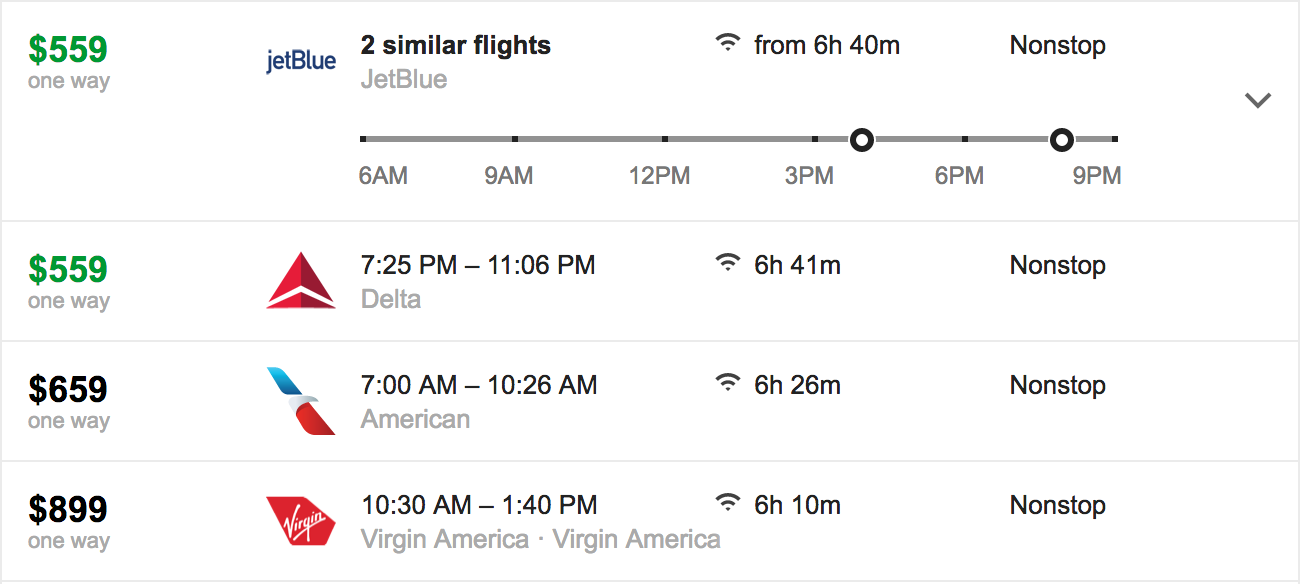
As I said, those fares are available on Saturdays and occasionally midweek. Here’s a more realistic example.
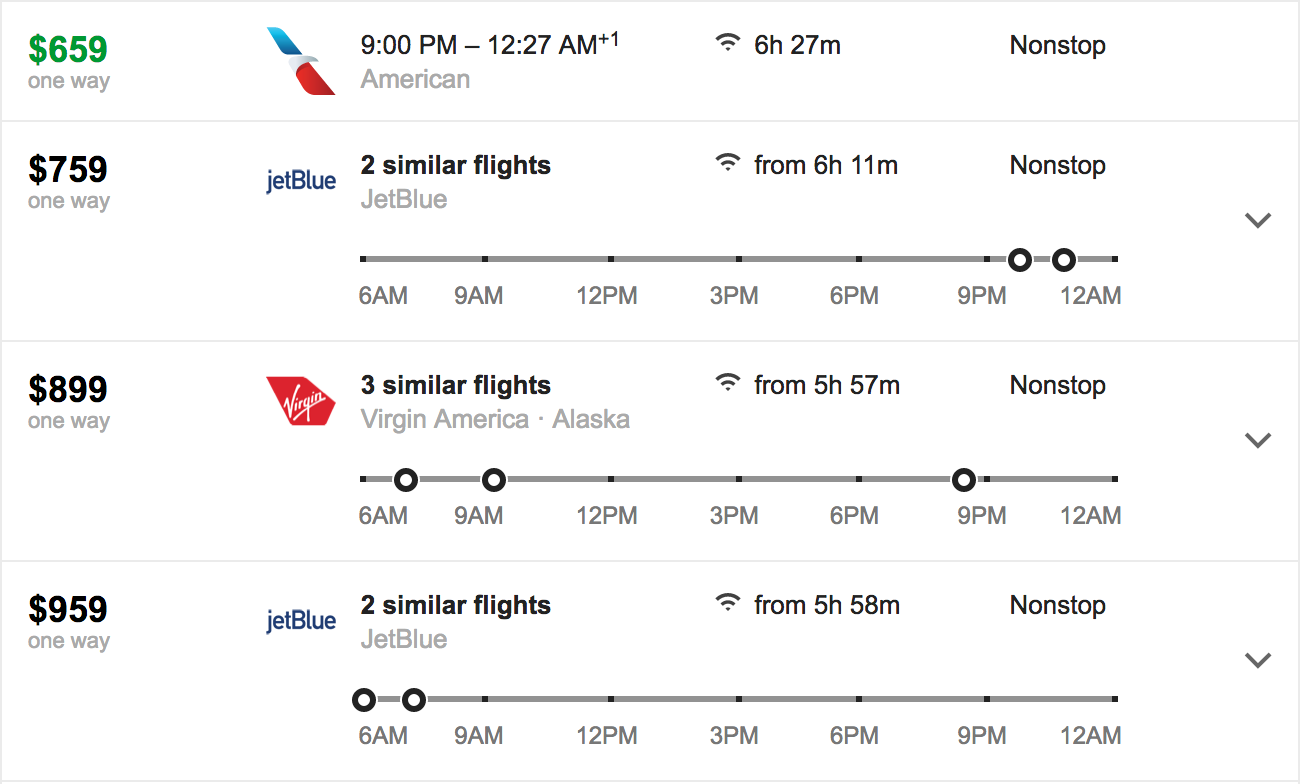
Still, as you can see by this fare calendar, these fares exist and aren’t hard to find.
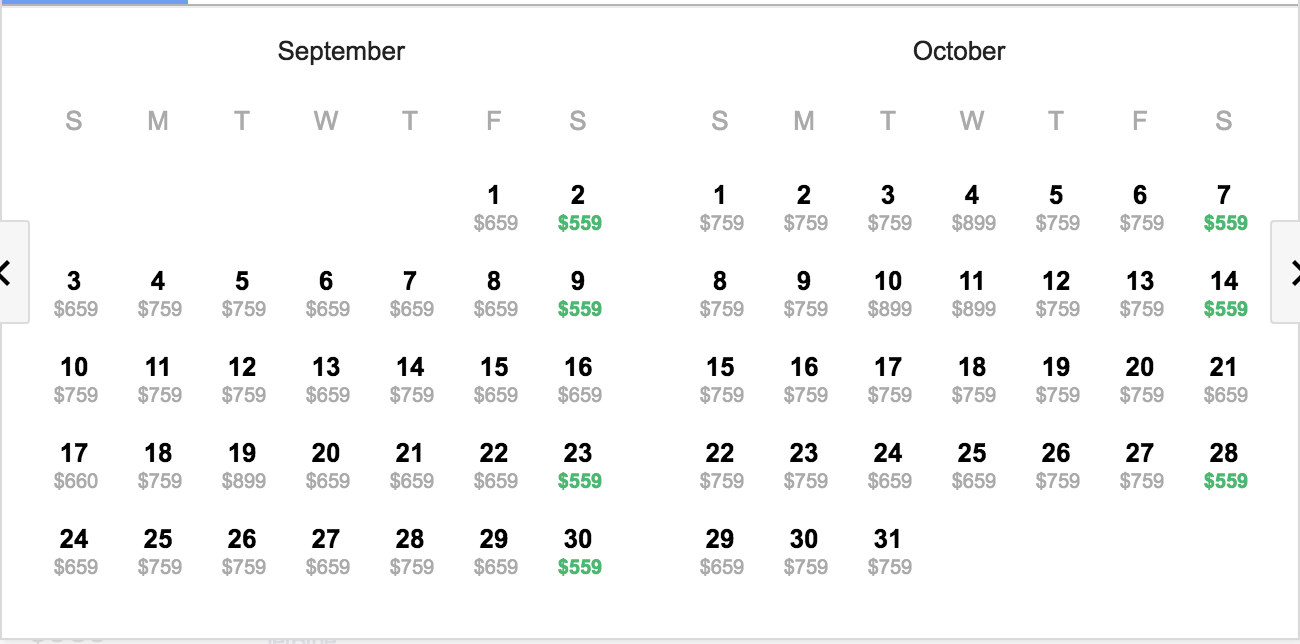
Overall
$559 for a nonstop transcontinental business class fare is cheap relative to what airlines charged just a year ago. These fares have gone down, that’s a fact. Not only have fares gone down but airlines have gotten more competitive and are offering better premium products.
Though fares are low for now, is this the new normal. From what I can tell, probably. JetBlue continues to expand Mint Class into new markets which typically translates to lower fares. Additionally, airlines are working towards more revenue passengers and fewer upgrades and award fares. They’re doing this by lower fares and shrinking cabins. If these trends continue, expect $600 to be the new normal.
What do you think of the new, lower transcontinental fares?
It turns out that college is very expensive. Unfortunately, that means that I will probably have to suspend blogging due to the costs of travel. However, if you’ve ever enjoyed a post of mine, you can support me using this link. I really appreciate your support! Thanks.

